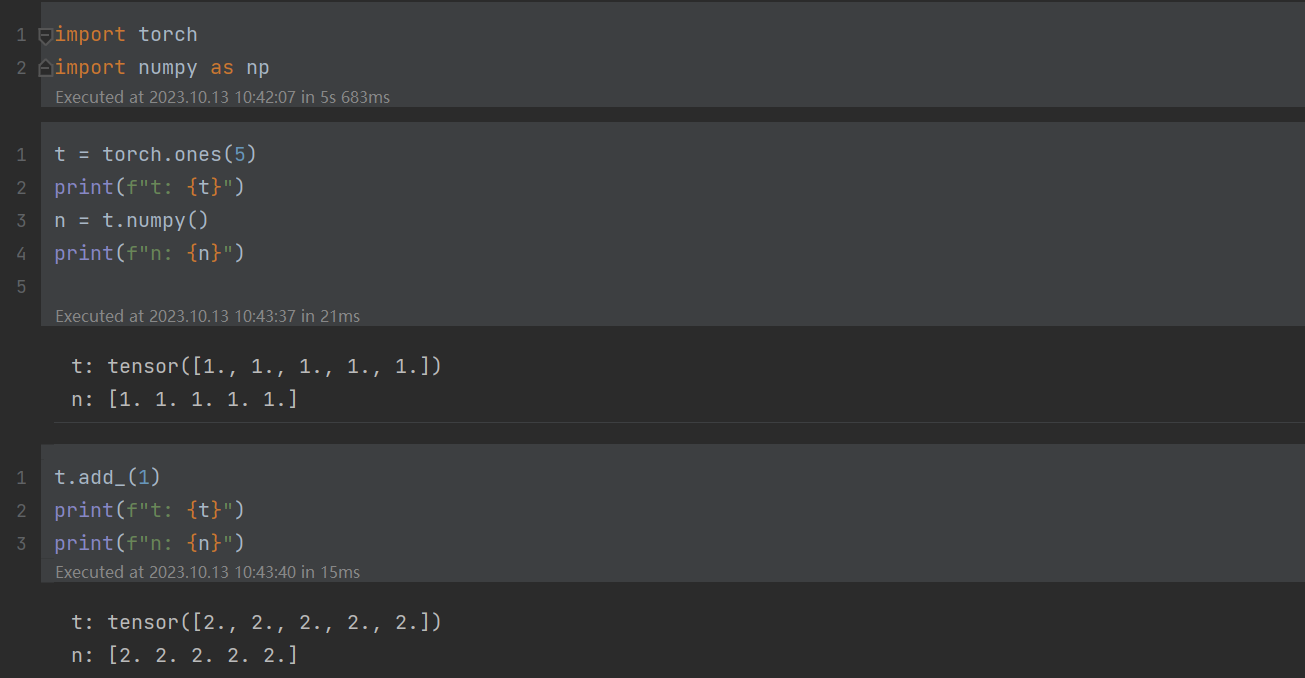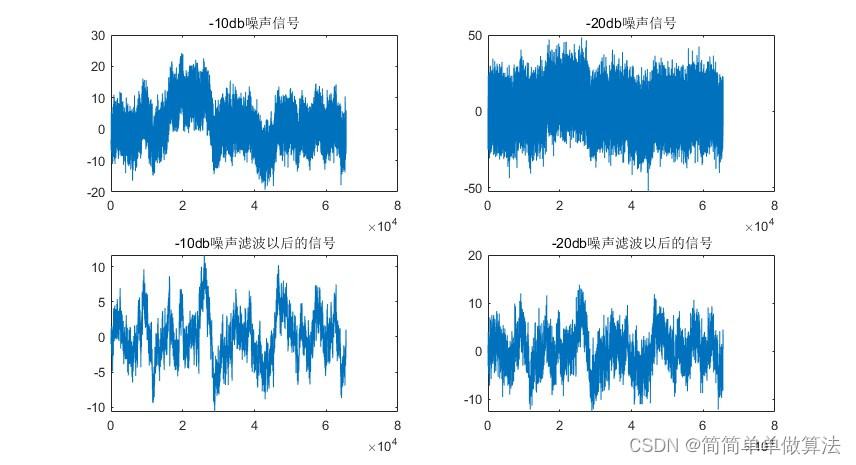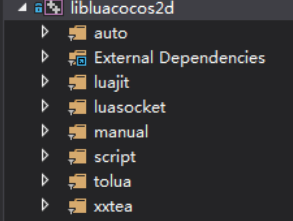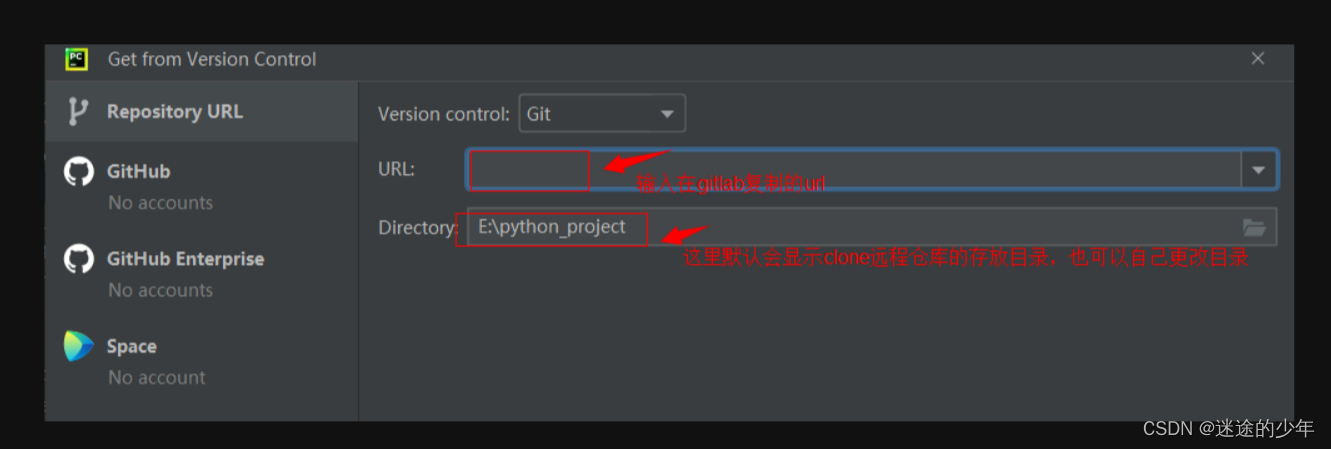在yolo v5训练的模型,转onnx,再转rknn后,测试发现:
rknn模型,量化与非量化,相较于pytorch模型,测试精度都有降低onnx模型,相较于pytorch模型,测试精度也有降低,且与rknn模型的精度更接近
于是,根据这种测试情况,rknn模型的上游,就是onnx。onnx这里发现不对劲,肯定是这步就出现了问题。于是就查pytorch转onnx阶段,就存在转化的精度降低了。
本篇就是记录这样一个过程,也请各位针对本文的问题,给一些建议,毕竟目前是发现了问题,同时还存在一些问题在。
一、pytorch转onnx:torch.onnx.export
yolo v5 export.py: def export_onnx()中,添加下面代码,检查转储的onnx模型,与pytorch模型的输出结果是否一致。代码如下:
torch.onnx.export(model.cpu() if dynamic else model, # --dynamic only compatible with cpuim.cpu() if dynamic else im,f,verbose=False,opset_version=opset,export_params=True, # 将训练好的权重保存到模型文件中do_constant_folding=True, # 执行常数折叠进行优化input_names=['images'],output_names=output_names,dynamic_axes={"image": {0: "batch_size"}, # variable length axes"output": {0: "batch_size"},}
)# Checks
model_onnx = onnx.load(f) # load onnx model
onnx.checker.check_model(model_onnx) # check onnx modelimport onnxruntime
import numpy as np
print('onnxruntime run start', f)
sess = onnxruntime.InferenceSession('best.onnx')
print('sess run start')
output = sess.run(['output0'], {'images': im.detach().numpy()})[0]
print('pytorch model inference start')pytorch_result = model(im)[0].detach().numpy()
print(' allclose start')
print('output:', output)
print('pytorch_result:', pytorch_result)
assert np.allclose(output, pytorch_result), 'the output is different between pytorch and onnx !!!'
对其中的输出结果进行了打印,将差异性比较明显的地方进行了标记,如下所示:

也可以直接使用我下面这个版本,在转完onnx后,进行评测,转好的onnx和pt文件之间的差异性。如下:
参考pytorch官方:(OPTIONAL) EXPORTING A MODEL FROM PYTORCH TO ONNX AND RUNNING IT USING ONNX RUNTIME
import os
import platform
import sys
import warnings
from pathlib import Path
import torchFILE = Path(__file__).resolve()
ROOT = FILE.parents[0] # YOLOv5 root directory
if str(ROOT) not in sys.path:sys.path.append(str(ROOT)) # add ROOT to PATH
if platform.system() != 'Windows':ROOT = Path(os.path.relpath(ROOT, Path.cwd())) # relativefrom models.experimental import attempt_load
from models.yolo import ClassificationModel, Detect, DetectionModel, SegmentationModel
from utils.dataloaders import LoadImages
from utils.general import (LOGGER, Profile, check_dataset, check_img_size, check_requirements, check_version,check_yaml, colorstr, file_size, get_default_args, print_args, url2file, yaml_save)
from utils.torch_utils import select_device, smart_inference_modeimport numpy as np
def cosine_distance(arr1, arr2):# flatten the arrays to shape (16128, 7)arr1_flat = arr1.reshape(-1, 7)arr2_flat = arr2.reshape(-1, 7)# calculate the cosine distancecosine_distance = np.dot(arr1_flat.T, arr2_flat) / (np.linalg.norm(arr1_flat) * np.linalg.norm(arr2_flat))return cosine_distance.mean()def check_onnx(model, im):import onnxruntimeimport numpy as npprint('onnxruntime run start')sess = onnxruntime.InferenceSession('best.onnx')print('sess run start')output = sess.run(['output0'], {'images': im.detach().numpy()})[0]print('pytorch model inference start')with torch.no_grad():pytorch_result = model(im)[0].detach().numpy()print(' allclose start')print('output:', output, output.shape)print('pytorch_result:', pytorch_result, pytorch_result.shape)cosine_dis = cosine_distance(output, pytorch_result)print('cosine_dis:', cosine_dis)# 判断小数点后几位(4),是否相等,不相等就报错# np.testing.assert_almost_equal(pytorch_result, output, decimal=4)# compare ONNX Runtime and PyTorch resultsnp.testing.assert_allclose(pytorch_result, output, rtol=1e-03, atol=1e-05)# assert np.allclose(output, pytorch_result), 'the output is different between pytorch and onnx !!!'import cv2
from utils.augmentations import letterbox
def preprocess(img, device):img = cv2.resize(img, (512, 512))img = img.transpose((2, 0, 1))[::-1]img = np.ascontiguousarray(img)img = torch.from_numpy(img).to(device)img = img.float()img /= 255if len(img.shape) == 3:img = img[None]return img
def main(weights=ROOT / 'weights/best.pt', # weights pathimgsz=(512, 512), # image (height, width)batch_size=1, # batch sizedevice='cpu', # cuda device, i.e. 0 or 0,1,2,3 or cpuinplace=False, # set YOLOv5 Detect() inplace=Truedynamic=False, # ONNX/TF/TensorRT: dynamic axes):# Load PyTorch modeldevice = select_device(device)model = attempt_load(weights, device=device, inplace=True, fuse=True) # load FP32 model# Checksimgsz *= 2 if len(imgsz) == 1 else 1 # expand# Inputgs = int(max(model.stride)) # grid size (max stride)imgsz = [check_img_size(x, gs) for x in imgsz] # verify img_size are gs-multiplesim = torch.zeros(batch_size, 3, *imgsz).to(device) # image size(1,3,320,192) BCHW iDetection# im = cv2.imread(r'F:\tmp\yolov5_multiDR\data\0000005_20200929_M_063Y16640.jpeg')# im = preprocess(im, device)print(im.shape)# Update modelmodel.eval()for k, m in model.named_modules():if isinstance(m, Detect):m.inplace = inplacem.dynamic = dynamicm.export = Truewarnings.filterwarnings(action='ignore', category=torch.jit.TracerWarning) # suppress TracerWarningcheck_onnx(model, im)if __name__ == "__main__":main()
测试1:图像是一个全0的数组,一致性检查如下:
Mismatched elements: 76 / 112896 (0.0673%)
Max absolute difference: 0.00053406
Max relative difference: 2.2101output: [[[ 3.1054 3.965 8.9553 ... 6.8545e-07 0.36458 0.53113][ 9.0205 2.5498 13.39 ... 6.2585e-07 0.18449 0.70698][ 20.786 2.2233 13.489 ... 2.3842e-06 0.033101 0.95657]...[ 419.42 493.04 106.14 ... 8.4937e-06 0.24135 0.60916][ 485.68 500.22 46.923 ... 1.1176e-05 0.33573 0.48875][ 488.37 503.87 68.881 ... 5.9605e-08 0.00030029 0.99639]]] (1, 16128, 7)
pytorch_result: [[[ 3.1054 3.965 8.9553 ... 7.0523e-07 0.36458 0.53113][ 9.0205 2.5498 13.39 ... 6.0181e-07 0.18449 0.70698][ 20.786 2.2233 13.489 ... 2.4172e-06 0.033101 0.95657]...[ 419.42 493.04 106.14 ... 8.5151e-06 0.24135 0.60916][ 485.68 500.22 46.923 ... 1.1174e-05 0.33573 0.48875][ 488.37 503.87 68.881 ... 9.3094e-08 0.0003003 0.99639]]] (1, 16128, 7)
cosine_dis: 0.04229331
测试2:图像是加载的本地图像,一致性检查如下:
Mismatched elements: 158 / 112896 (0.14%)
Max absolute difference: 0.0016251
Max relative difference: 1.2584output: [[[ 3.0569 2.4338 10.758 ... 2.0862e-07 0.16333 0.78551][ 11.028 2.0251 13.407 ... 3.5763e-07 0.090503 0.88087][ 19.447 1.8957 13.431 ... 6.8545e-07 0.047358 0.95029]...[ 418.66 487.8 80.157 ... 1.4573e-05 0.65453 0.23448][ 472.99 491.78 79.313 ... 1.3232e-05 0.79356 0.15061][ 496.41 488.49 44.447 ... 2.6256e-05 0.89966 0.08772]]] (1, 16128, 7)
pytorch_result: [[[ 3.0569 2.4338 10.758 ... 2.5371e-07 0.16333 0.78551][ 11.028 2.0251 13.407 ... 3.3069e-07 0.090503 0.88087][ 19.447 1.8957 13.431 ... 6.6051e-07 0.047358 0.95029]...[ 418.66 487.8 80.157 ... 1.4618e-05 0.65453 0.23448][ 472.99 491.78 79.313 ... 1.3215e-05 0.79356 0.15061][ 496.41 488.49 44.447 ... 2.6262e-05 0.89966 0.08772]]] (1, 16128, 7)
cosine_dis: 0.04071107
发现,输出结果中,差异的数据点还是挺多的,那么就说明在模型中,有些部分的参数是有差异的,这才导致相同的输入,在最后的输出结果中存在差异。
但是在一定的误差内,结果是一致的。比如我验证了小数点后3位,都是一样的,但是到第4位的时候,就开始出现了差异性。
那么,如何降低,甚至没有这种差异,该怎么办呢?不知道你们有没有这方面的知识储备或经验,欢迎评论区给出指导,感谢。
二、新的pytorch转onnx:torch.onnx.dynamo_export
在参考pytorch官方,关于torch.onnx.export的模型转换,相关文档中:(OPTIONAL) EXPORTING A MODEL FROM PYTORCH TO ONNX AND RUNNING IT USING ONNX RUNTIME

上述案例,是pytorch官方给出评测pytorch和onnx转出模型,在相同输入的情况下,输出结果一致性对比的评测代码。对比这里:
testing.assert_allclose(actual, desired, rtol=1e-07, atol=0, equal_nan=True, err_msg='', verbose=True)
其中:
- rtol:相对tolerance(容忍度,公差,容许偏差)
- atol:绝对tolerance
- 要求
actual的desired值的差别不超过atol + rtol * abs(desired),否则弹出错误提示
可以看出,这是在误差允许的范围内,进行的评测。只要满足一定的误差要求,还是满足的。并且在本测试案例中,也确实通过了上述设定值的误差要求。
但是,峰回路转,有个提示,如下:

于是,就转到torch.onnx.dynamo_export链接,点击这里直达:EXPORT A PYTORCH MODEL TO ONNX
同样的流程,导出模型,然后进行一致性评价,发现官方竟然没有采用允许误差的评测,而是下面这样:
 输出完全一致,这是一个大好消息。至此,开始验证
输出完全一致,这是一个大好消息。至此,开始验证
2.1、验证结果
与此同时,发现yolo v5更新到了v7.0.0的版本,于是就想着把yolo 进行升级,同时将pytorch版本也更新到最新的2.1.0,这样就可以采用torch.onnx.dynamo_export 进行转onnx模型的操作尝试了。
当一起就绪后,采用下面的代码转出onnx模型的时候,却出现了错误提示。
export_output = torch.onnx.dynamo_export(model.cpu() if dynamic else model,im.cpu() if dynamic else im)
export_output.save("my_image_classifier.onnx")
2.2、转出失败

给出失败的的提示:torch.onnx.OnnxExporterError,转出onnx模型失败,产生了一个SARIF的文件。然后介绍了什么是SARIF文件,可以通过VS Code SARIF,也可以 SARIF web查看。最后说吧这个错误,报告给pytorch的GitHub的issue地方。
产生了一个名为:report_dynamo_export.sarif是文件,打开文件,记录的信息如下:
{"runs":[{"tool":{"driver":{"name":"torch.onnx.dynamo_export","contents":["localizedData","nonLocalizedData"],"language":"en-US","rules":[],"version":"2.1.0+cu118"}},"language":"en-US","newlineSequences":["\r\n","\n"],"results":[]}],"version":"2.1.0","schemaUri":"https://docs.oasis-open.org/sarif/sarif/v2.1.0/cs01/schemas/sarif-schema-2.1.0.json"
}
这更像是一个运行环境收集的一个记录文件。在我对全网进行搜索时候,发现了类似的报错提示,但并没有解决办法。不知道是不是因为这个函数还在内测阶段,并没有很好的适配。
如果你也遇到了同样的问题,欢迎给评论,指导问题出在了哪里?如何解决这个问题。感谢
三、总结
原本想着验证最终转rknn的模型,与原始pytorch模型是否一致的问题,最后发现在转onnx阶段,这种差异性就已经存在了。并且发现rknn的测试结果,与onnx模型的测试结果更加的贴近。无论是量化后的rknn,还是未量化的,均存在这个问题。
同时发现,量化后的rknn模型,在config阶段改变量化的方式,确实会提升模型的性能,且几乎接近于未量化的模型版本。
原本以为采用pytorch新的转出onnx的模型函数,可以解决这个问题。但是,发现还是内测版本,不知道问题是出在了哪里,还需要大神帮助,暂时未跑通。
最后,如果你也遇到了同样的问题,欢迎给评论,指导问题出在了哪里?如何解决这个问题。感谢











